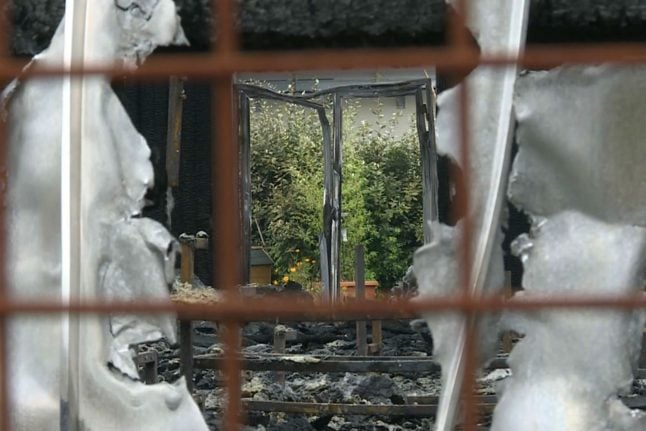The house was empty at the time as the family who owns the property were away on holiday.
Police said that the fire started in a conservatory, and then spread to the main house, which sustained extensive damage. The emergency services were called at 1.26am.
According to Skåne police, there is a suspicion of arson, the fifth case in the past two weeks in the Ystad region, made famous for its connection to Henning Mankell’s Wallander series.
The police however state that it is too early to determine if there is a connection between the incidents.
Early Monday morning there was a severe fire in a cottage outside Ystad. No one was in the house and no one was injured, but police have classified the fire as arson.
“We can assume with good reason that the fire has been set,” said Ewa-Gun Westford, information officer at Skåne police.
In connection with the attack, Westford insisted that all the fires are being investigated separately but that any similarities are under consideration.
“We do not know yet if there is a new arsonist, we do not want to blow it all up. People here have the ‘dawn arsonist’ in mind and they are scared,” she said, referring to a previous notorious case.
47-year-old Ulf Borgström was given the “dusk and dawn pyromaniac” (“gryningspyromanen”) epithet by the Swedish press after eluding police for a number of years.
He has been referred to as one of the most dangerous men in Sweden and was jailed for eight years by Ystad district court in 2011.



 Please whitelist us to continue reading.
Please whitelist us to continue reading.
Member comments